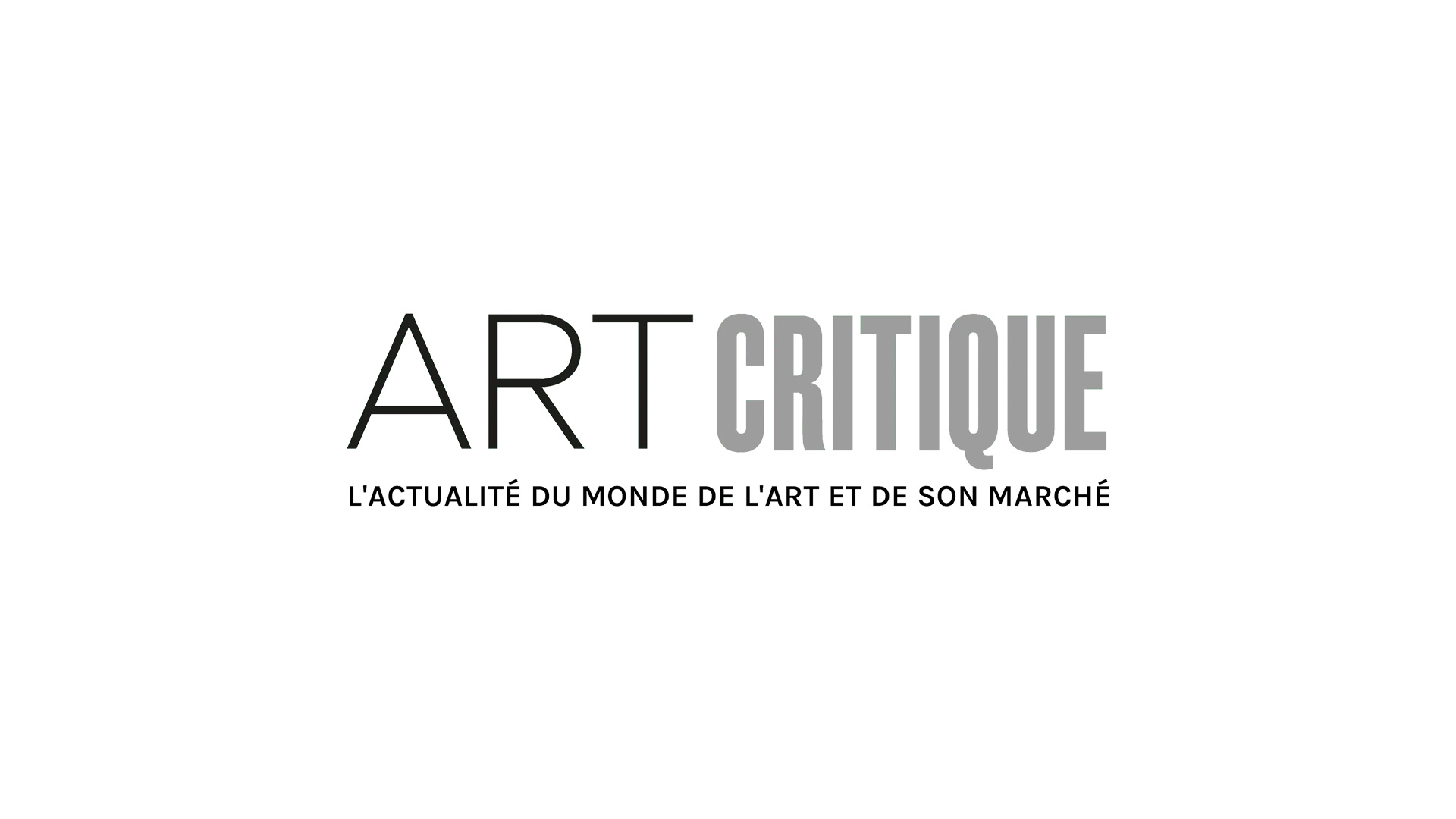In the wake of artificial intelligence’s ever increasing presence within life and the arts, there can at times be an element missing from the experiences offered by it. As a very cerebral concept for most people, it remains as such when artists present their A.I. incorporated works in a manner giving very little tangible connection. We know there is an intelligence at work within, but we are left feeling void of those human qualities that art is meant to ignite in us. At “HUM(AI)N”, an exhibition currently at Phi Centre in Montréal, A.I. and virtual reality’s capabilities within art are showcased in a way that may serve to bridge that gap a little more.
A collection of immersive and interactive pieces by various artists, “HUM(AI)N” asks in its introductory statement: “what does it mean to be human, more than human?” Framed in the context of humanity coming closer to deep incorporation of technology into our selves, the work contained in “HUM(AI)N” seeks to explore the ways in which technology may enhance human capability in a symbiotic fashion. While the technical quality and application of some pieces presented here don’t immediately register as functional human enhancement, there are aspects of this exhibit that give a visceral excitement for their sheer potential.
The most straightforward way in which this idea of connecting technology to human experience and art is through V.R. films. While video game developers are already fostering these storytelling capabilities for mass consumption, there is a focus here on the ability to give altered and enhanced perspectives. In Nico Casavecchia and Martin Allais’ Battlescar, a lightning bolt of a tale of two women forming a punk band in the 70s, this means visual perspective, differing distances and environments populating the 360 view in a patchwork style that lends depth to the narrative. But in 7 Lives, a piece directed by Jan Kounen, you are pushed into the mental perspective of several denizens of Tokyo, reliving their various traumas through their own eyes. This highly realistic sequence of scenes even puts you into a death experience; it gives the chest tightening terror of the end of a nightmare, without the reprieve of waking up suddenly, as you slowly fall towards an oncoming train, people crying out around you. Unpleasant, yes, but proof of technology’s ability to cultivate and share experiences.

One of the truly striking ways A.I. is incorporated into creative processes here is Algorithmic Perfumery, a creation by Frederik Duerinck that not only ignites the senses, but allows participants to walk away with a tangible and usable memory of the work. Individuals may complete a personality test lasting about 7 minutes, composed of standard questions and a few more focused on scent preference. After the participants answers are compiled, a code is generated. You proceed to a contraption lined with beautiful glass tubes of concentrates, type in your code, and the machine proceeds to mix the concentrates in amounts based off the data provided. And at the end of the assembly line, a small sample vial of your individually crafted scent awaits you. You may then review your feelings about the scent, and in this way the A.I. learns and refines its scent crafting abilities. An inspiringly unique approach to a seldom represented creative process, Algorithmic Perfumery is indicative of the cohesive future between human ability and technological potential that “HUM(AI)N” dreams of.
While the widespread prevalence of the technologies on display at the exhibit may still be a whiles away, it is true that our daily usage of current technologies grows more each year. V.R. gaming setups are already in the homes of many, and the surface of that field has only just been scratched. Perhaps a face to face conversation with a learning and understanding program is not too far off from asking Alexa to remind us of our appointment tomorrow. What is clear from the experiences presented at “HUM(AI)N” is that technology’s place in humanity is ever growing, and so to do our limits seem to be shrinking.





